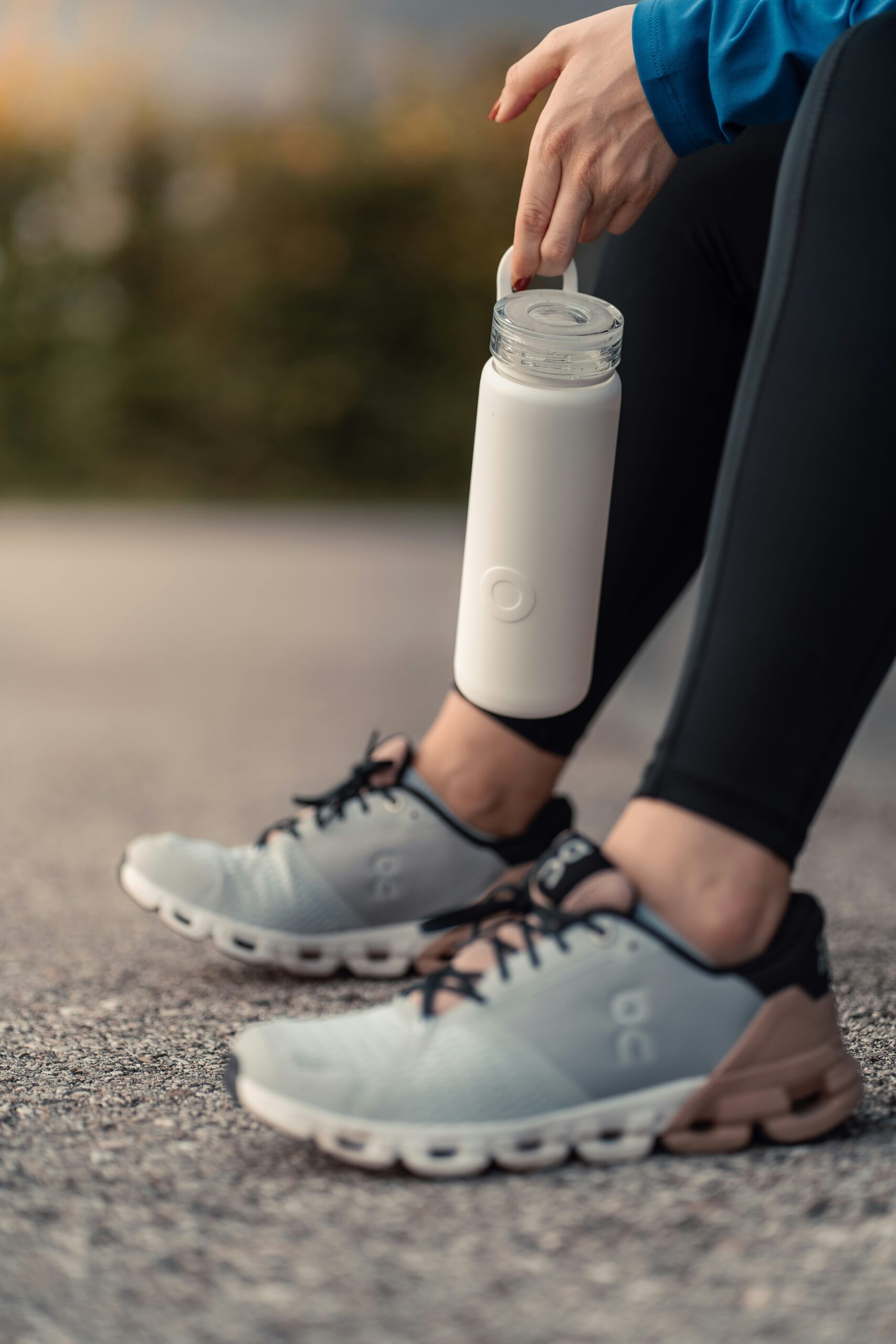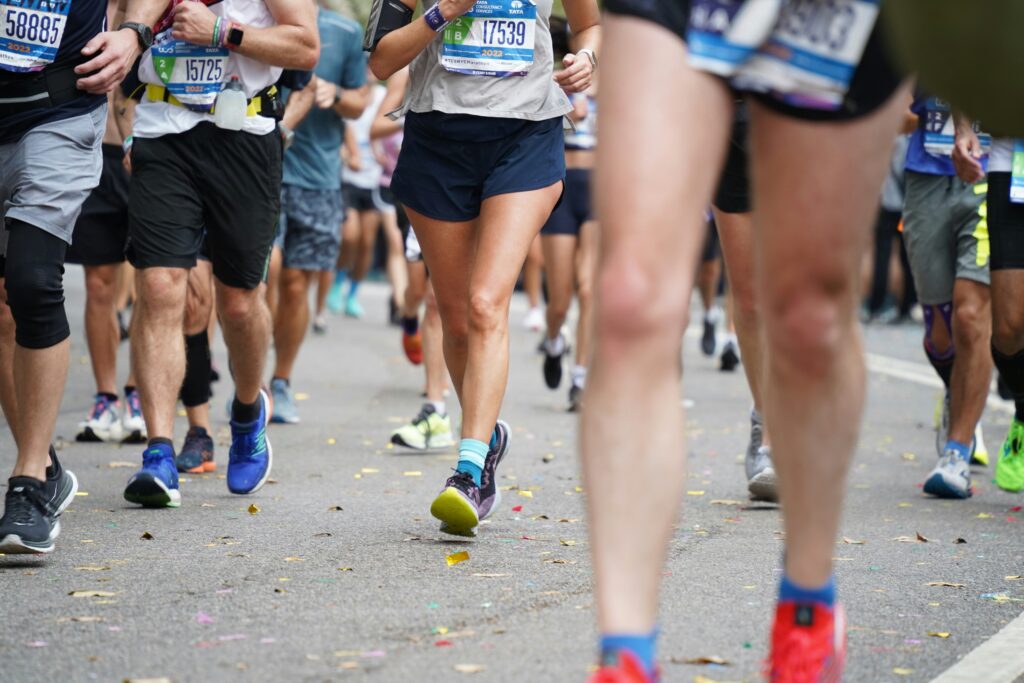Good Pain and Bad Pain:
An Essential Guide for Runners
What is "Good" Pain?
“Good” pain, often referred to as “exercise-induced discomfort,” is a natural response to physical activity. It’s usually a sign that your body is adapting to new stressors. Also known as delayed onset muscle soreness (DOMS), this type of pain typically occurs 24-48 hours after a workout. It results from microscopic damage to muscle fibres, which then repair and strengthen.


What is "Bad" Pain?
Bad pain is a warning sign that something may be wrong. It typically indicates injury or overuse and should not be ignored. The most common mistake people make is assuming it will just go away by itself, but oftentimes the opposite is true.
Features of "Good" Pain
- Area: Generalised and widespread. Usually present throughout the muscles in lower limb, but can extend to the rest of the body as well
- Common structures affected: Muscles and joints
- Intensity: Mild. For most runners, they would describe this level of discomfort as sitting somewhere in the 1-3/10 range on the pain scale
- Presence: Most the time. Pain is present most of the time, even when seated
- Progression: Improves over time
- Description: Aching/tenderness/soreness
- Duration: Short. Soreness generally subsides 2-3 days after activity
- Diagnosis: DOMS
- Management: Rest, ice, massage, stretching, foam rolling etc


Features of "Bad" Pain
- Location: Localised & specific. Unlike the generalised soreness of “good” pain, bad pain is often localised to a specific area
- Common structures affected: Tendon, ligament, cartilage, bursa & bone
- Intensity: Moderate to severe. Pain levels are usually higher compared with “good” pain
- Presence: Sometimes. Pain typically comes on during weight bearing, and worsens with prolonged activity
- Progression: Worsens over time
- Description: Sharp / stabbing / throbbing / pulling
- Duration: Very short to very long. Pain presentation will depend on specific injury, and level of severity. Can be as short as just lasting for 1 second, to lasting for weeks/months or even years if not addressed
- Common diagnosis: Plantar fasciitis, achilles tendinopathy, patellar femoral pain syndrome, meniscus tear, Mortons neuroma, intermetatarsal bursitis, midfoot arthritis, medial tibial stress syndrome
- Management: Rest, diagnosis and treatment with a trained health professional
One of the biggest mistakes runners make is not understanding the differences between “good” and “bad” pain. By not listening to your body and ignoring the warning signs of “bad” pain, runners can turn minor problems into major injuries, putting jeopardy on their ability to run.
As sports podiatrists, we continue to help runners overcome their injuries on a daily basis. We do this by assessing their biomechanics, recommending custom orthotics, and providing targeted treatment plans to address any underlying issues.

